Description
Genus: Tylopilus
Species: variobrunneus
Common Name: “Brown-Net Bolete”
Tells: Stem darkens from buff w/white netting on top to brown w/brown netting, to dark brown base. Dark brown cap may have olive edge, & ages to pale chestnut.
Other Information: White pores age pinkish & stain brown-pink. Dull white cap flesh stains pinkish. Young specimens often (not always) have olive green tints in the cap, particularly around the edge.
Edibility: The bitterness varies. Sometimes good, sometimes a ruiner of meals.
CHEMICAL TESTS:
- NH4OH (Ammonia): Cap skin turns reddish- to orange-brown. Cap flesh has no reaction.
- KOH: Cap skin turns reddish- to orange-brown, but bright green has also been well substantiated. Cap flesh has no reaction.
- FeSO4 (Iron Salts): Cap skin and flesh both turn grayish green.
Links:
 |
0 |  |
312 |  |
273 |  |
400 |





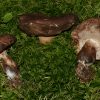
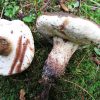
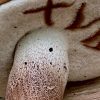



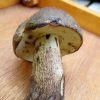
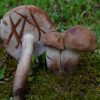
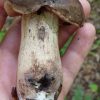
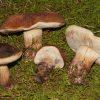
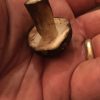
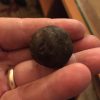
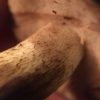
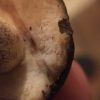
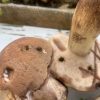

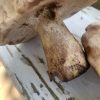

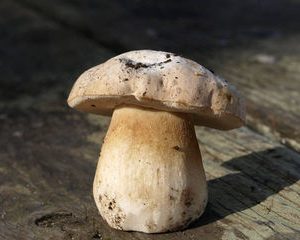

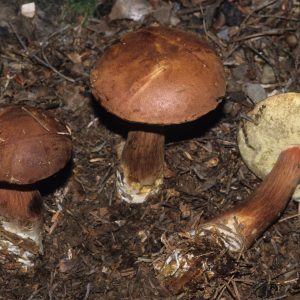
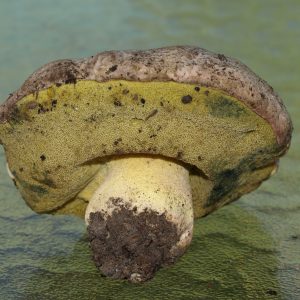
Got something to discuss?